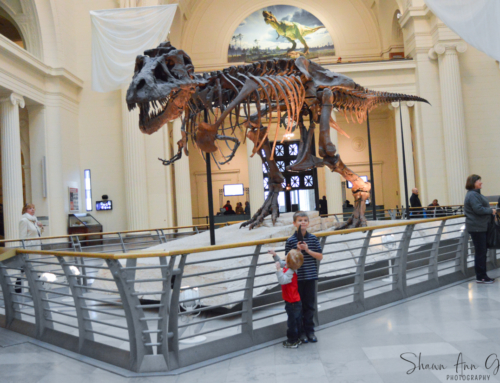Did you know that in the middle of northeastern Arizona, there is a national park that is got its name for the vast deposits of petrified wood? Petrified Forest National Park covers about 230 square miles that encompass semi-desert shrub-steppe and highly eroded and colorful badlands. Had I not seen petrified wood before, I never would have thought to stop at this national park.

The Beauty Within the Petrified Forest National Park
Petrified Forest National Park it is pretty much like any other park in the middle of a desert. However, it isn’t until you get close to the park headquarters where the real beauty lies.

At first glance, they look like ordinary fallen trees. It isn’t until you get up close and personal with the petrified wood that you see it. That is when you realize just how amazing and beautiful it is.

Just look at that marbling within the wrings of the tree!
Petrified Forest National Park
The Petrified Forest is known for its fossils, especially fallen trees that lived in the Late Triassic Period, about 225 million years ago. The sediments containing the fossil logs are part of the widespread and colorful Chinle Formation, from which the Painted Desert gets its name. Beginning about 60 million years ago, the Colorado Plateau, of which the park is part, was pushed upward by tectonic forces and exposed to increased erosion. All of the park’s rock layers above the Chinle, except geologically recent ones found in parts of the park, have been removed by wind and water. In addition to petrified logs, fossils found in the park have included Late Triassic ferns, cycads, ginkgoes, and many other plants as well as fauna including giant reptiles called phytosaurs, large amphibians, and early dinosaurs. Paleontologists have been unearthing and studying the park’s fossils since the early 20th century. – Wikipedia

Fossils of Petrified Wood
OK, so we know that the petrified forest comes from fallen trees from the Late Triassic Period. However, how did they become so beautiful? This happened when the downed trees ended up in river channels and buried over time by sediment containing volcanic ash. In addition, the groundwater dissolved silicon dioxide (silica) from the ash, and it ended up in the logs. As a result, the quartz crystals are formed. These crystals, over time, replaced the organic matter.
The Colors
Where do the various colors of the petrified wood come from? Trace amounts of iron oxide and other substances combined with the silica make up the colors.


Vibrant marble coloring with yellow along with a marble white petrified wood.
There are at least nine identified species of fossil trees within the park. As a result, most of them are from Araucarioxylon arizonicum trees. That is to say, all the trees identified in the park are extinct.
Above all, while in Arizona, why not check out the Hoover Dam!








